There can be your advertisement
300x150
Architectural Biennale: Why You Should Buy Tickets to Venice Now
We tell you about the exhibition that will appeal to everyone — regardless of their knowledge of architecture
The architectural biennale is currently taking place in Venice. This year's exhibition — the sixteenth in a row — runs from May 26 to November 25. There is still time to visit it. And it's worth it: the exhibition will be interesting even for those who don't know much about architecture.
Biennale is an art exhibition, festival or creative competition held every two years. The Venetian one is the most famous and has been held since 1895.
How to get there: the exhibition is held in the Biennale Gardens, in the Castello area in the eastern part of the city. You need to buy a ticket — the standard price is 25 euros, but there are discounts — for example, student tickets cost 15 euros. Full information is available on the biennale website.
Note: pavilions are open daily from 10:00 to 18:00, but usually do not operate on Mondays.
Theme: the theme of this year's biennale is Freespace, meaning 'free space'. The curators have asked participants to focus on emptiness, which they believe is where people and society exist today. Professionals from all over the world solve this task in very different ways.
Curators: this year's curators are Shelley McNamara and Ivonne Farrell, co-founders of the Irish architectural firm Grafton Architects. They have built buildings all over the world — from the University of Engineering and Technology in Peru to the Commercial University in Milan.

Jury: the jury is determined by the president of the Venetian Biennale, Paolo Baratta, together with the curators. The jury reviews all pavilions of participants and awards prizes based on the results. The 'Golden Lions' are awarded for the best national pavilion and one or more artists are specially recognized.
This year's jury includes the founder of Barkow Leibinger and Professor of Princeton University School of Architecture Frank Duffy, co-founder of the star firm Pezo von Ellrichshausen Sofia von Ellrichshausen, and Head of the Department of Architecture at the Royal Academy of Arts in London Kate Goodwin.
Space: the exhibition is spread across several zones: it begins in the central Giardini pavilion and continues in the former industrial space Arsenale. The pavilions of participating countries are located around the Central Pavilion.
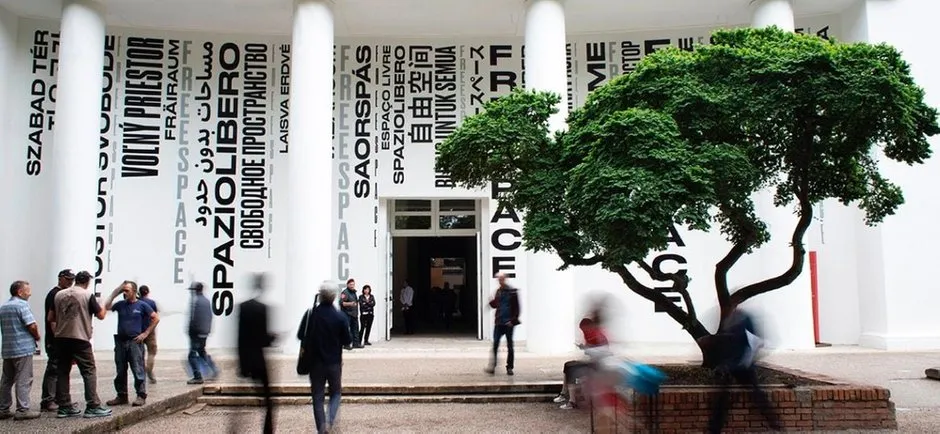
Why visit: to see projects by architects from different countries — inspiring, mesmerizing or just strange but no less interesting. What pavilions you must visit and why — we tell you.
Switzerland: the Swiss pavilion this year received the 'Golden Lion', the main award of the biennale. The main problem of Swiss architecture is that people usually rent rather than buy housing, and thus apartments are monotonous and dehumanized. Swiss architects explore whether this is really the case using their exhibition.
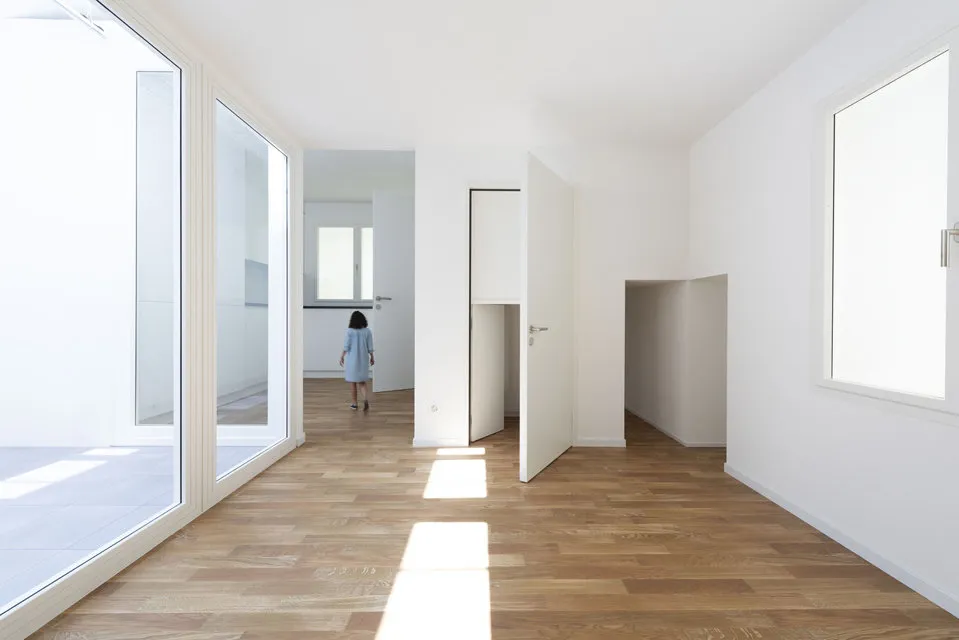
Vatican: the Vatican is participating in the biennale for the first time, and as a result, architects from all over the world built 10 chapels and propose to rethink religious buildings and their role in modern architecture. All chapels have non-standard design — for example, the project by Brazilian architect Carla Juaçaba features 4 rays forming 2 crosses.
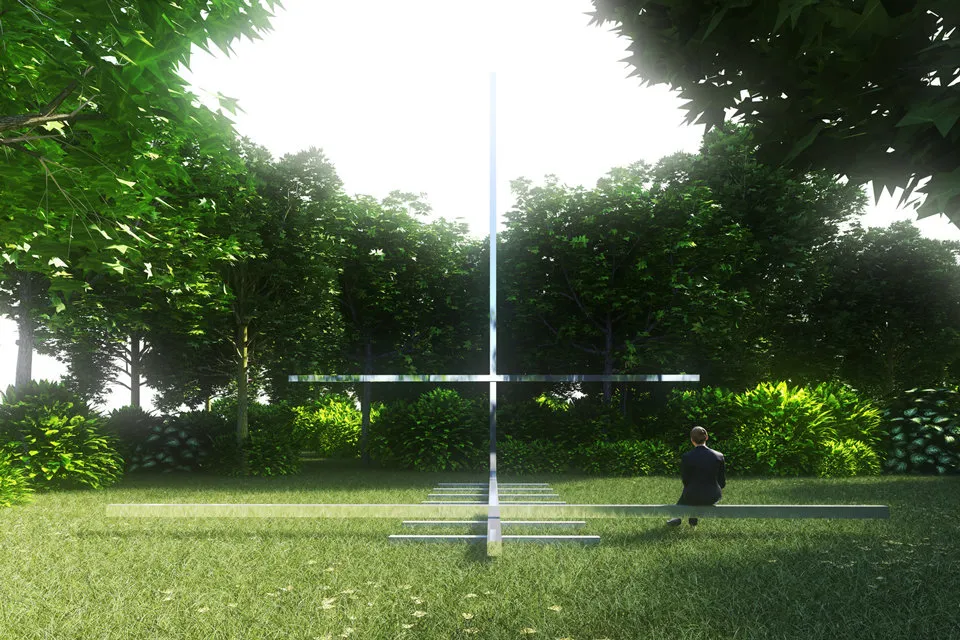
Australia: Australian architects explore the theme of nature — they collected 10,000 endangered plant species and planted them inside the pavilion. The main message: in the race for fame and success, one must not forget about the environment.

China: the Chinese pavilion is dedicated to an alternative future — one in which urbanization does not exist, and villages and rural areas are actively developing with modern technologies. Sustainable development, environmental protection — these are the themes of this exhibition.

United Kingdom: the British pavilion was designed by minimalists Caruso St John, who interpreted the theme of the biennale literally, leaving the interior space empty. However, they built a real square on the roof, offering breathtaking views.
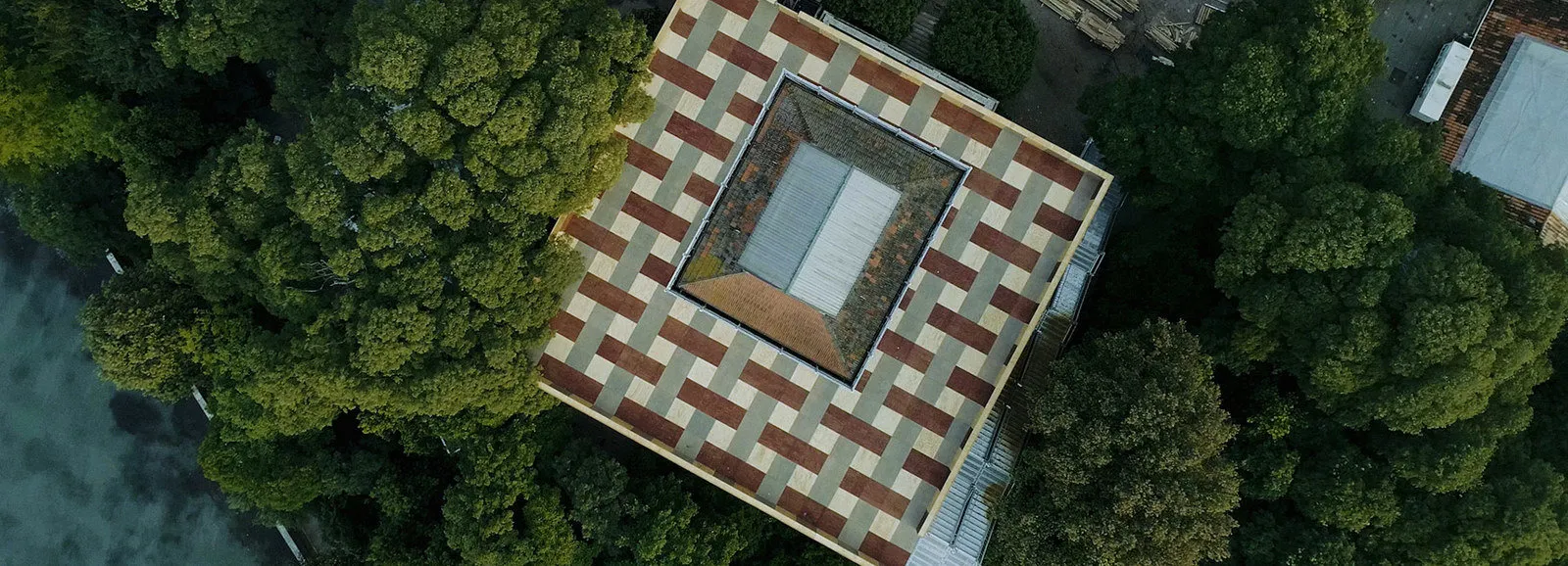
Latvia: here the main theme was typological residential architecture — and how its development has influenced society as a whole.
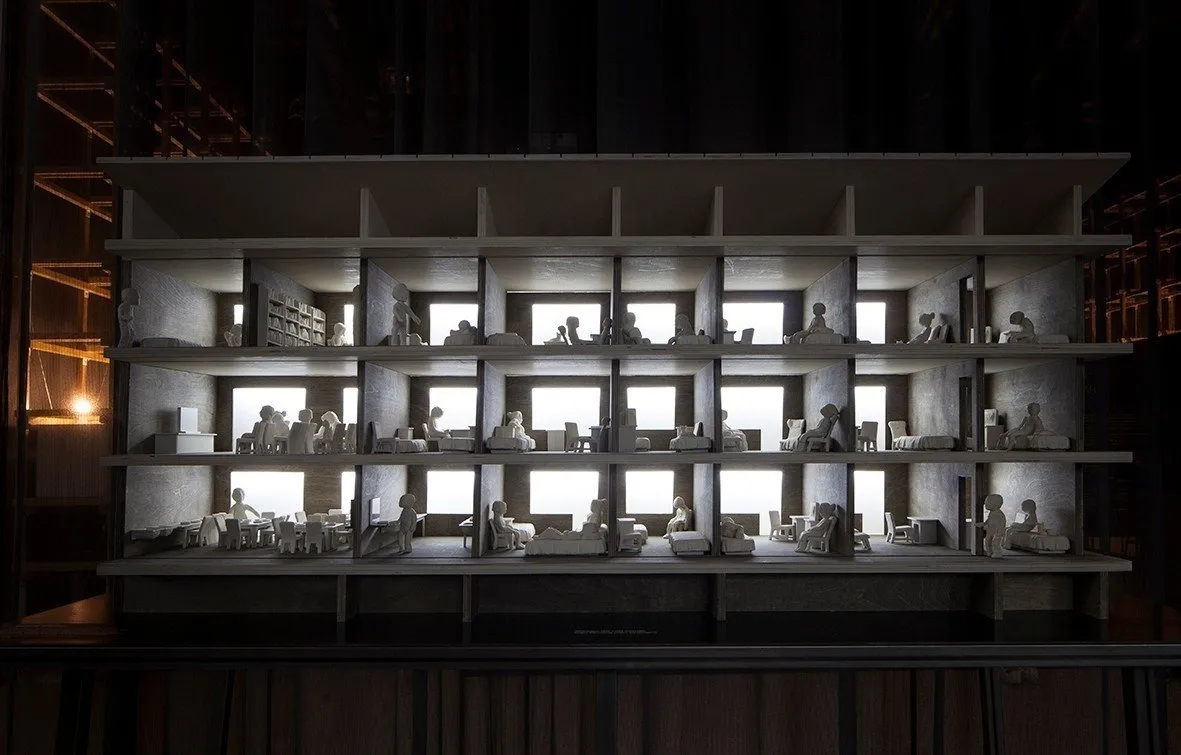
Austria: Austrians re-examine the relationship between architecture and urban environment. The focus is on public spaces. The exhibition consists of three parts: 'Idea — Form — Matter'.
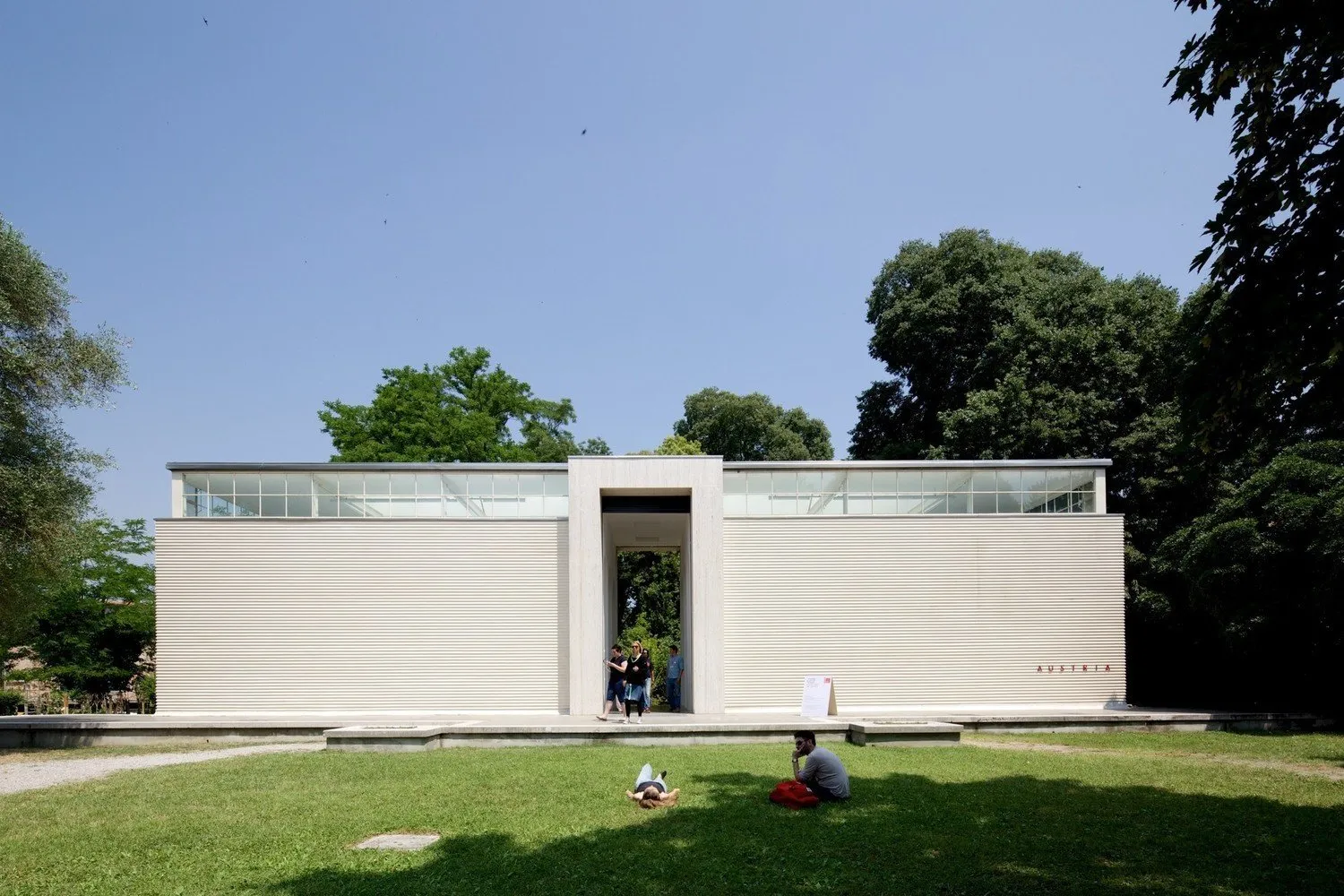
Japan: Japanese architects also dedicated their pavilion to the study of natural resources — they built a 'platform for discussion about the interaction between ecology and architecture and urbanism, as well as visualizing 21st-century architecture'. These themes are always trendy, so the exhibition will interest many.

Argentina: Argentinians built more of a garden than a pavilion — on one side, endless greenery, and on the other, sketches of modern architects. All this symbolizes freedom and refers to 1983, when the dictatorial regime in the country collapsed.
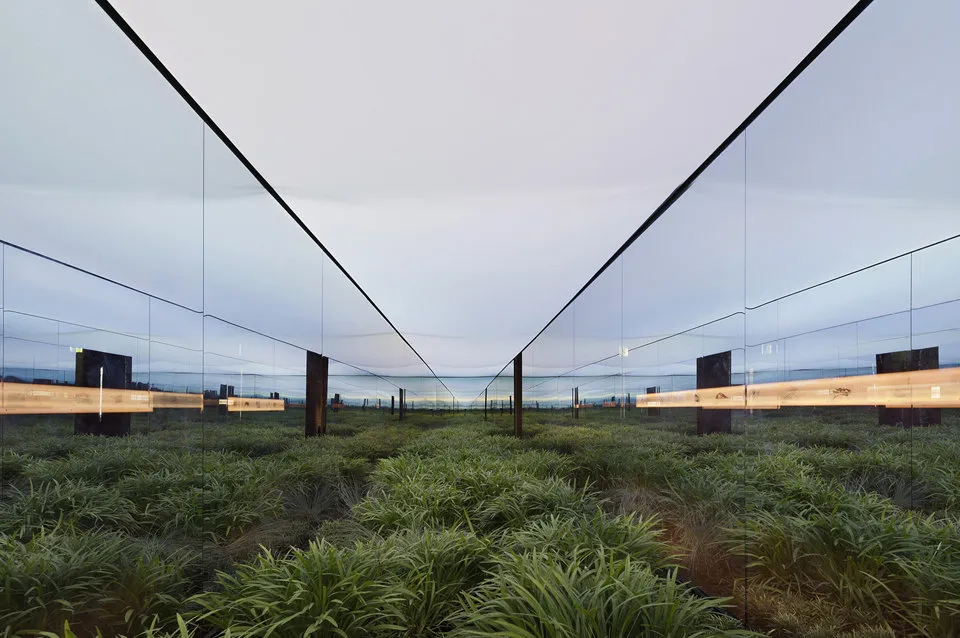
Russia: our pavilion is dedicated to the past, present and future of railways, which, according to the authors' vision, 'connect and conquer the vastness of Russia'. The exhibition consists of five parts with descriptive names: 'Introduction to Geography', 'Project Depot', 'Hall of Future Waiting', 'Storage Chamber', and a hall where the film '7 Days in 7 Minutes' by young Moscow director Daniil Zinchenko is shown.

Incidentally, the pavilion building itself was constructed in 1914 by the famous architect Alexei Shchusev.
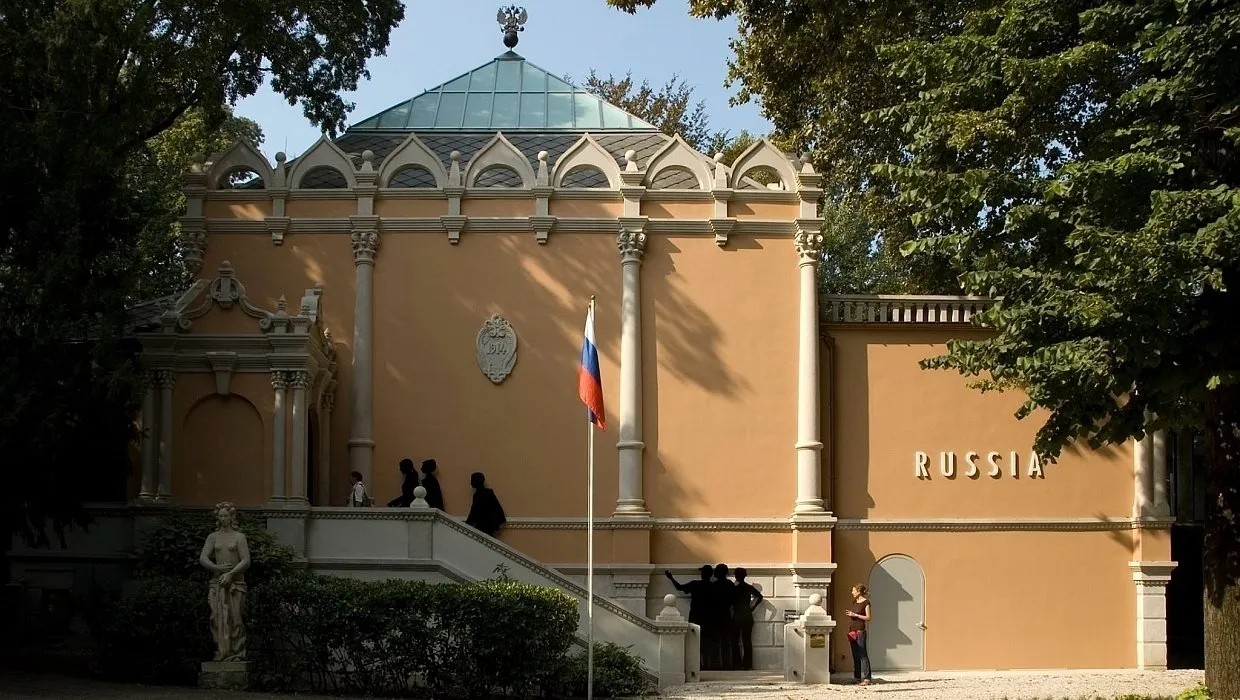
More articles:
 How to Balance Motherhood and a Designer's Career: 4 Stories
How to Balance Motherhood and a Designer's Career: 4 Stories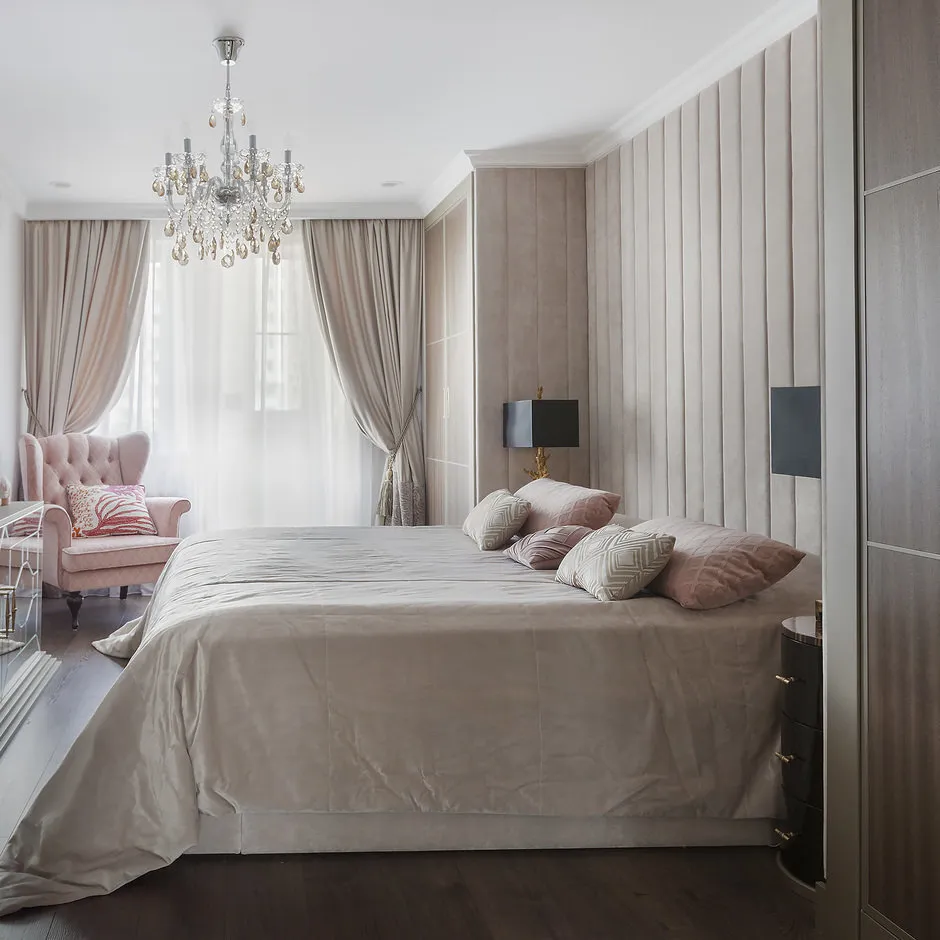 9 Apartments with Functional Walk-in Closets
9 Apartments with Functional Walk-in Closets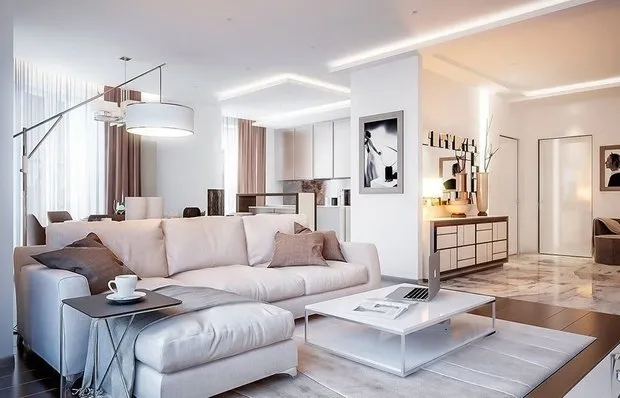 Make a Beige Interior Stylish and Unboring — Is It Really Possible?
Make a Beige Interior Stylish and Unboring — Is It Really Possible?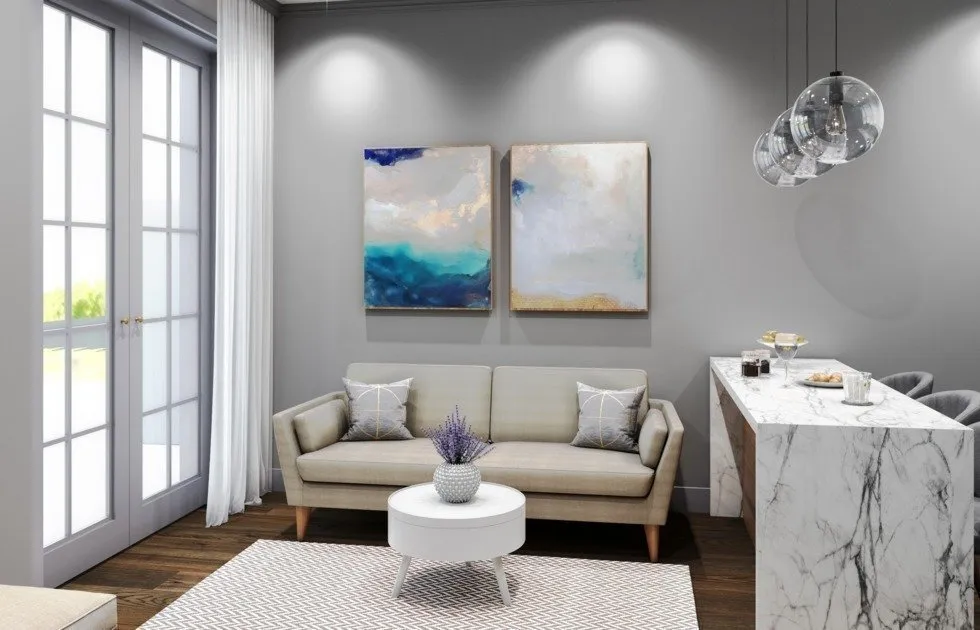 How to Find Space for Everything in a Studio Apartment: 12 Examples
How to Find Space for Everything in a Studio Apartment: 12 Examples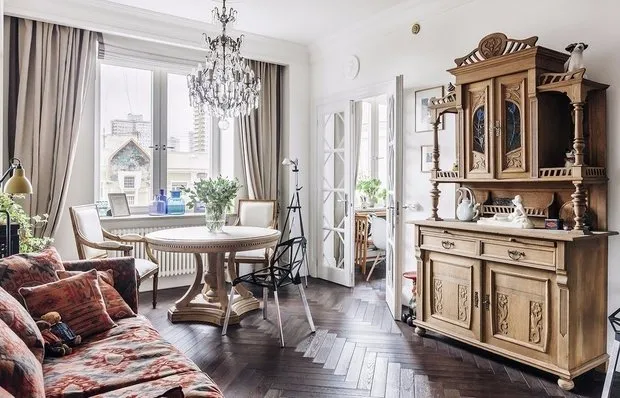 Ideal Interior: 7 Favorite Techniques of Pavel Zhelaznov
Ideal Interior: 7 Favorite Techniques of Pavel Zhelaznov How Designers Decorate Kitchens in Standard Panel Houses
How Designers Decorate Kitchens in Standard Panel Houses Small Loft in Sweden with Unconventional Decoration
Small Loft in Sweden with Unconventional Decoration How a Designer Restored an Old House in London
How a Designer Restored an Old House in London